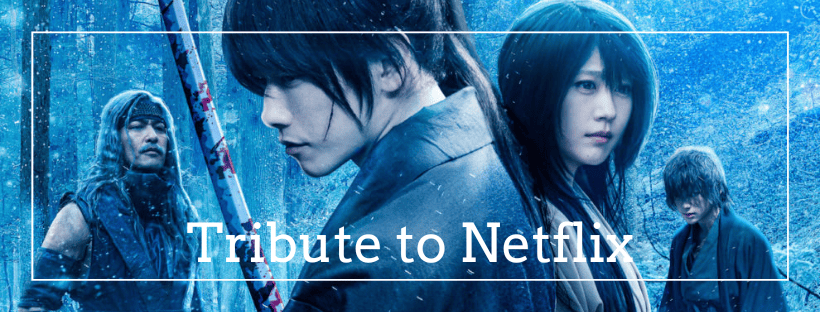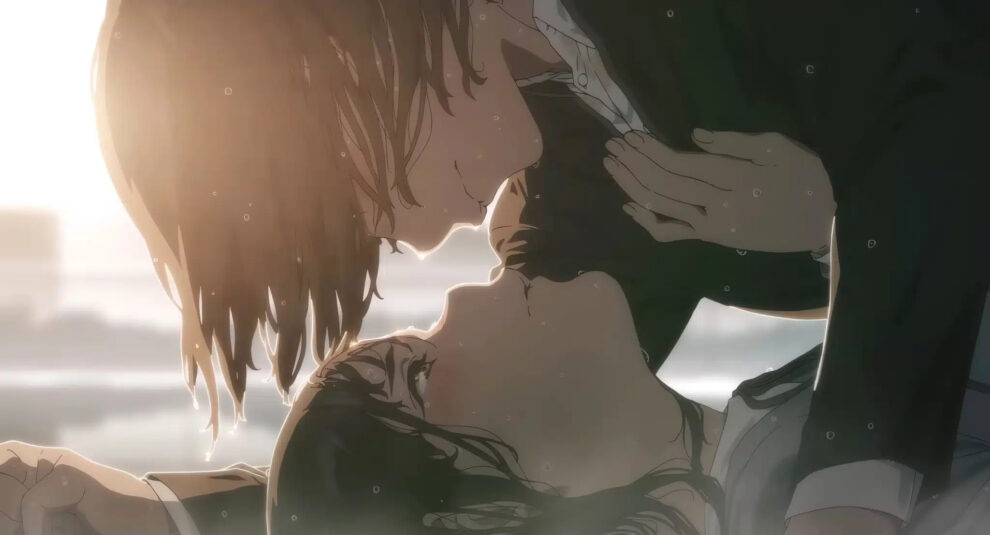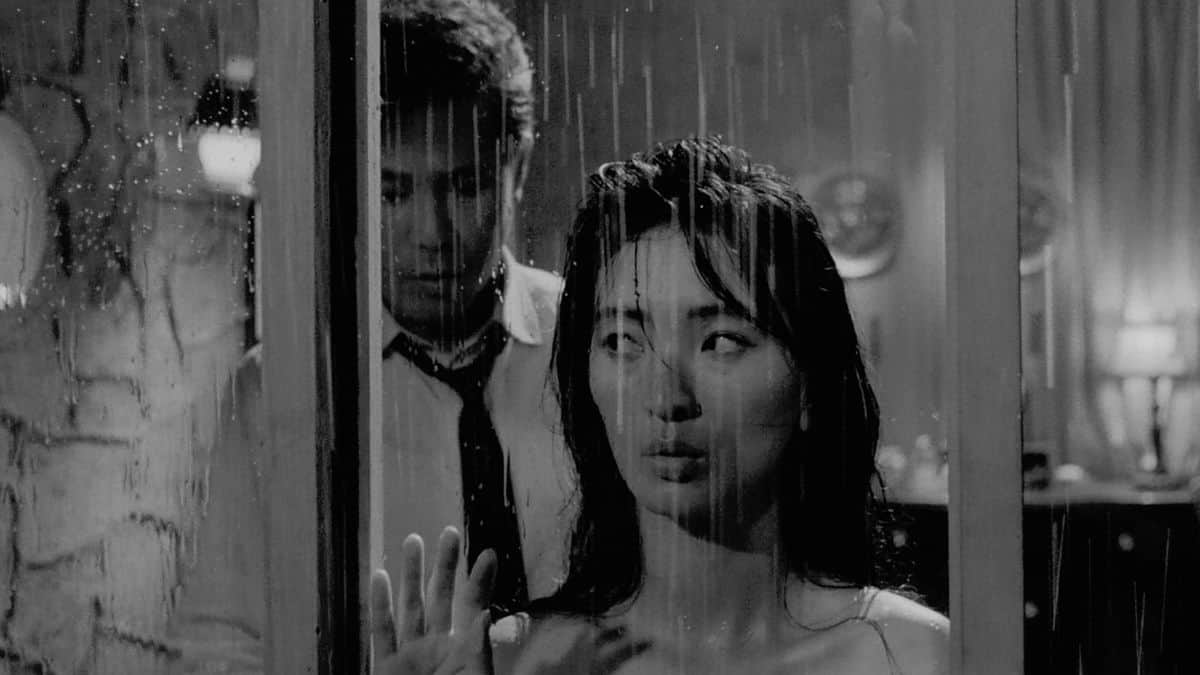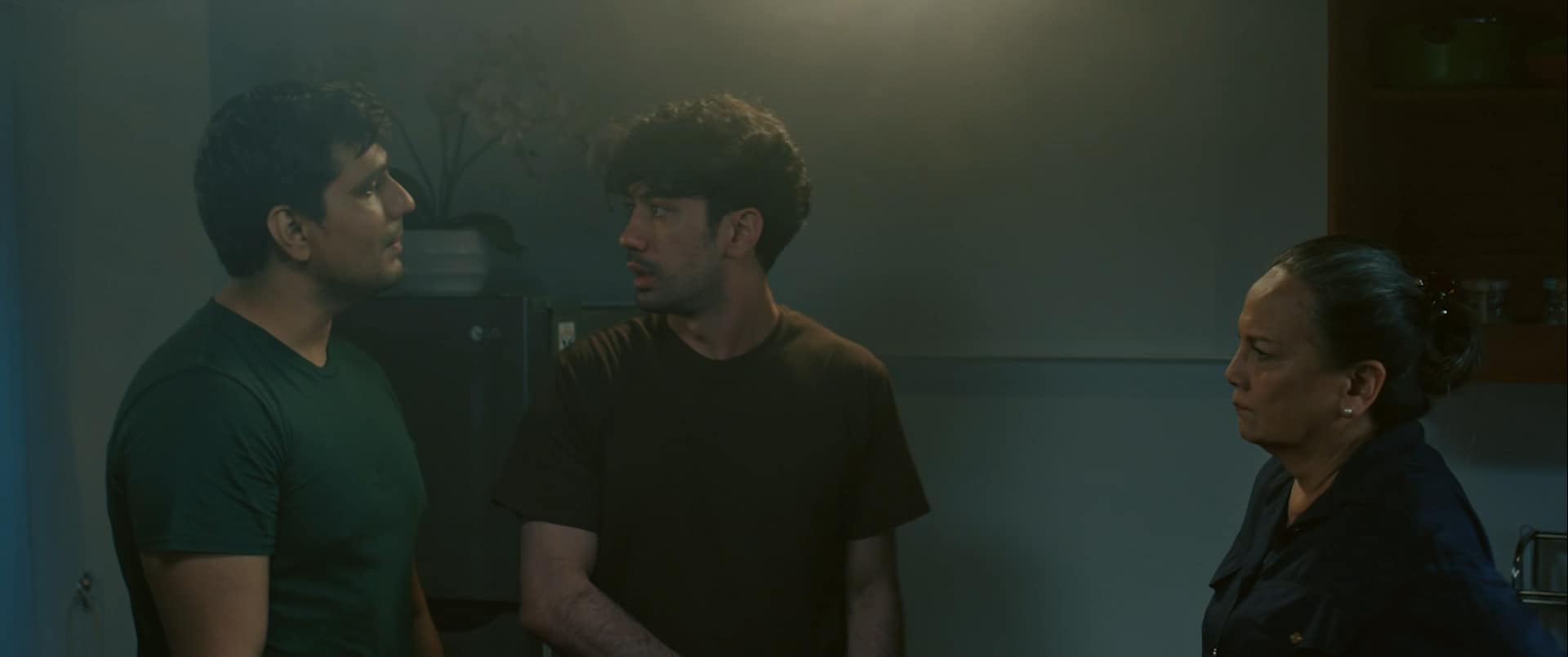By Ben Warnock
In only their fourth theatrical film production, anime juggernauts Studio MAPPA team up with legendary screenwriter Mari Okada of “Toradora!” fame to create a haunting allegory for the indecision of adolescence in “Maboroshi”. The feature won the award for Best Animation Film at the Mainichi Film Awards and was picked up for global distribution by Netflix.
Click the image below to follow our Tribute to Netflix

When a mysterious explosion occurs in a small factory town, time becomes frozen as its residents find themselves trapped and unable to age within its confines. Masamune Kikuiri is a high-school student who witnesses the explosion alongside a group of his friends and soon finds himself at the centre of the mysterious events happening in the town. Approached by classmate Atsumi Sagai, he is tasked with helping to look after a feral girl who is not a part of their world and is ageing unlike everyone else.
The feral girl, named by Masamune as Itsumi, is housed within the factory in what is now known by residents as the sacred machine due to it being the epicentre of the event. Cracks in the sky form and threaten to shatter reality and the only thing keeping them at bay are the wolf creatures made of smoke that arise from the factory's chimneys.
As the mystery of the town is revealed and the citizens learn the truth of their new world, our central group of perpetual junior-high school students begin to tackle ideas of love, death and the seemingly unreachable future.
The film's topics are typical of what one would expect from traditional teenage anime. Romance is central to the themes presented, as our protagonist and Atsumi find themselves in a strange relationship where love and hate appear to be two sides of the same coin. However, these messages, despite their occasional moments of poignancy, are wrapped up in so many layers of extensive world-building that they often become lost amidst the confusion of the town itself. When the anime does try to deviate its ideas away from the expected, through the inclusion of a fanatic outcast turned charismatic leader in a comment on fascism, it becomes infinitely more interesting. Ultimately, these issues leave the feature feeling bloated and its pacing slows to a crawl at times as a result.
Reina Ueda's performance as Atsumi is the clear stand-out of the pack with her lines punctuated by real moments of emotion that cut through the story and drive to the emotional core. Her voice acting fully encapsulates a character caught in between worlds and unsure of her place in either. Aside from the voice actors, the score from Masaru Yokoyama is at times reminiscent of Keiichi Okabe's music from “NieR: Automata” the game and a highlight of the film. Transient melodies that hang in the background of scenes underscore the emotions of the junior-high school students.
To be expected from a Studio MAPPA animation team, the visuals are breathtaking to look at. Art director Kazuki Higashiji's background art in particular is so detailed and immensely populated that it really does give life to the frames. It stands out in contrast to the simplistic but emotive character design of Yuriko Ishii, creating a kind of visual harmony.
At times when the story falls flat, it is easy to get wrapped up in the visuals and audio. This is both an indictment of the anime and a compliment to its strengths. Following in the trend of adolescence in distress mixed with romance, it tries to overcomplicate itself to go to the fore. The combination ultimately appears to be an attempt to match the international success of Makoto Shinkai's works but ultimately results in a gorgeous but hollow imitation.















